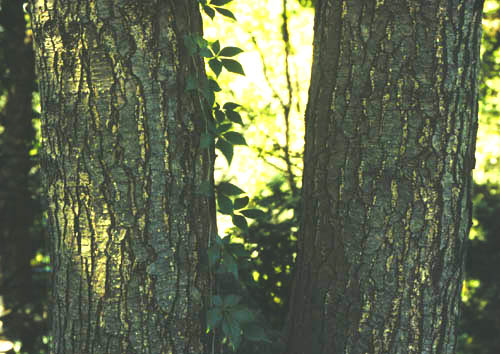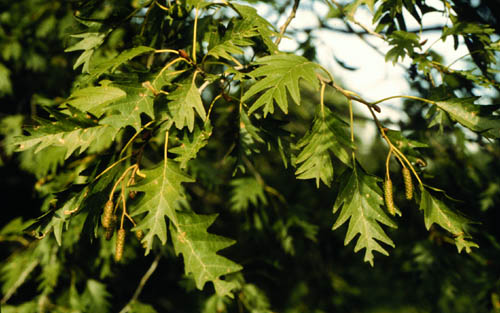Alnus glutinosa
Common Alder, Black Alder
Betulaceae
ExpandHabitat
- native to Europe and western Asia
- hardy to zone 4
- Special Note: This species has demonstrated an invasive tendency in Connecticut, meaning it may escape from cultivation and naturalize in minimally managed areas. For more information, .
Habit and Form
- a deciduous tree
- narrow pyramidal or columnar shape
- multi-stemmed
- 40' to 60' tall
- 20' to 40' wide
- fast growth rate
Summer Foliage
- deciduous, simple leaves
- alternate leaf arrangement
- leaves are 2" to 4" long and 3" to 4" wide
- rounded leaf shape
- crenate leaf margin
- dark green leaf color
Autumn Foliage
- no fall color
- leaves fall off tree either green or brown
Flowers
- 2" to 4" long catkins
- egg-shaped strobili
- monoecious
- not ornamentally important
Fruit
- egg-shaped nutlet
- maturing in October
- not ornamentally important
Bark
- greenish brown bark
- young stems are glabrous
Culture
- easily transplanted
- prefers moist soil
- full sun to partial shade
- prune in late winter
Landscape Uses
- difficult sites
- street tree
Liabilities
- powdery mildew, alder aphids, lacebug, flea beetle, leaf miner
ID Features
- stalked buds, 0.25" to 0.5" long
- buds are purplish and valvate
- a deciduous tree with a narrow pyramidal or columnar shape
- crenate leaf margin
- alternate leaf arrangement
Propagation
- by seed
- by cuttings
Cultivars/Varieties
'Aurea' - Leaves emerge strong yellow, but this color will probably fade in warm summer areas.
'Imperialis' - A form with strongly-dissected leaves, more than half-way to the midrib. Said to be irregular and awkward in youth, but more elegant with age.
'Laciniata' - This cultivar has shallowly-dissected leaves. A vigorous plant that will attain the same height as the species.
'Pyramidalis' (also known as 'Fastigiata') - A form which grows upright with narrow spread, to 50' tall and much less width. Grows well and resists disease, unlike the popular P. nigra 'Italica'.

